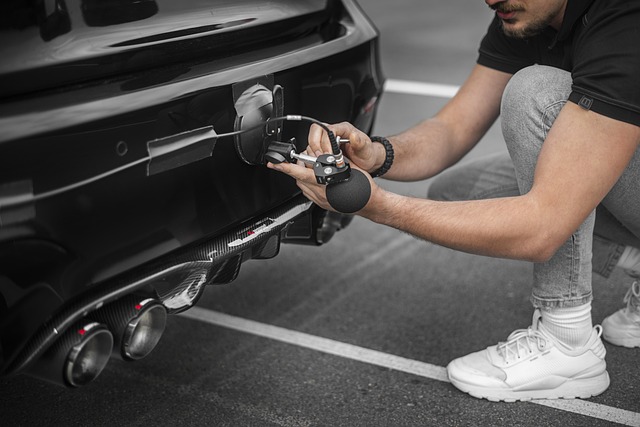Understanding the distinction between enclosed and open car carriers is crucial for adopting best practices in car shipping. Enclosed transport offers climate-controlled, protective containers ideal for classics or luxury cars needing extra care, while open transport uses flatbed trucks, more cost-effective but susceptible to weather damage. The optimal choice depends on vehicle type, condition, and desired security levels, balancing protection and cost effectively. For high-end vehicles, enclosed carriers provide superior protection; for everyday models, open transport is more affordable with faster loading/unloading times. Consider distance, budget, and vehicle condition to make an informed decision.
When shipping your vehicle, choosing between enclosed and open car transport options is crucial. This decision directly impacts the safety and condition of your car during transit. Enclosed carriers offer protection from weather and road debris, while open transports are more exposed but often cost-effective. Understanding each method’s advantages and disadvantages is key to making an informed choice. By following best practices for car shipping, you can ensure a seamless experience and safeguard your vehicle.
- Understanding Enclosed and Open Car Transport
- Advantages and Disadvantages of Each Method
- Best Practices for Choosing the Right Car Shipping Option
Understanding Enclosed and Open Car Transport

When considering car transport options, understanding the key differences between enclosed and open carriers is essential—a fundamental step in adopting the best practices for car shipping. Enclosed transport involves securing vehicles within a sealed, climate-controlled container, offering protection from direct weather exposure and potential road debris. This method is particularly favored for classic cars, luxury vehicles, or any automobiles requiring extra care due to their sensitive nature or limited production runs.
In contrast, open car transport utilizes flatbed trucks that expose the vehicle to the elements during transit. While this option might be more cost-effective for standard, mass-produced vehicles, it poses potential risks from weather conditions and external damage. The choice between enclosed and open shipping thus hinges on the type of vehicle, its condition, and the desired level of security and protection throughout the transportation process.
Advantages and Disadvantages of Each Method

Enclosed vs Open Car Transport: Weighing the Options
When considering the best practices for car shipping, whether enclosed or open transport, each method has its merits and drawbacks. Enclosed carriers offer protection from the elements and potential damage during transit. They are ideal for high-end vehicles or classics that require meticulous care. Such carriers provide a secure environment, reducing risks of scratches, dents, or other weather-related damages. However, they tend to be more expensive due to their robust construction and lower capacity for loading multiple cars at once.
On the other hand, open transport exposes vehicles to external conditions but is generally more cost-effective. It’s suitable for everyday cars and those in good condition. While vulnerable to weather changes, open carriers allow better visibility and are faster to load and unload. This method is popular among car dealers and buyers looking for a more affordable solution. Ultimately, the choice depends on your vehicle type, budget, and level of desired protection during transit.
Best Practices for Choosing the Right Car Shipping Option

When deciding between enclosed and open car transport, understanding your vehicle’s needs is paramount. Best Practices for Car Shipping involve evaluating factors like weather conditions and your car’s condition. Enclosed carriers offer better protection from environmental elements, ideal for classic cars or vehicles with delicate finishes prone to scratches and dirt. Open transports, though more affordable, expose your vehicle to potential weather damage during transit, making them suitable for more robust cars.
Consider the route as well. Longer distances might warrant enclosed shipping for peace of mind, while shorter trips could tolerate open transport’s cost savings. Researching reputable carriers with proven track records ensures a smoother experience. Additionally, inspecting and documenting your car’s condition before shipping is a prudent Best Practice to safeguard against any potential claims during the transit process.
When deciding between enclosed and open car transport, considering your vehicle’s safety, weather conditions, budget, and time constraints are the best practices for choosing the right shipping method. Each option has its unique advantages and disadvantages, so understanding these factors will ensure a smooth car shipping experience. By weighing these aspects, you can make an informed decision that aligns with your specific needs, ultimately delivering your vehicle safely and efficiently to its destination.
